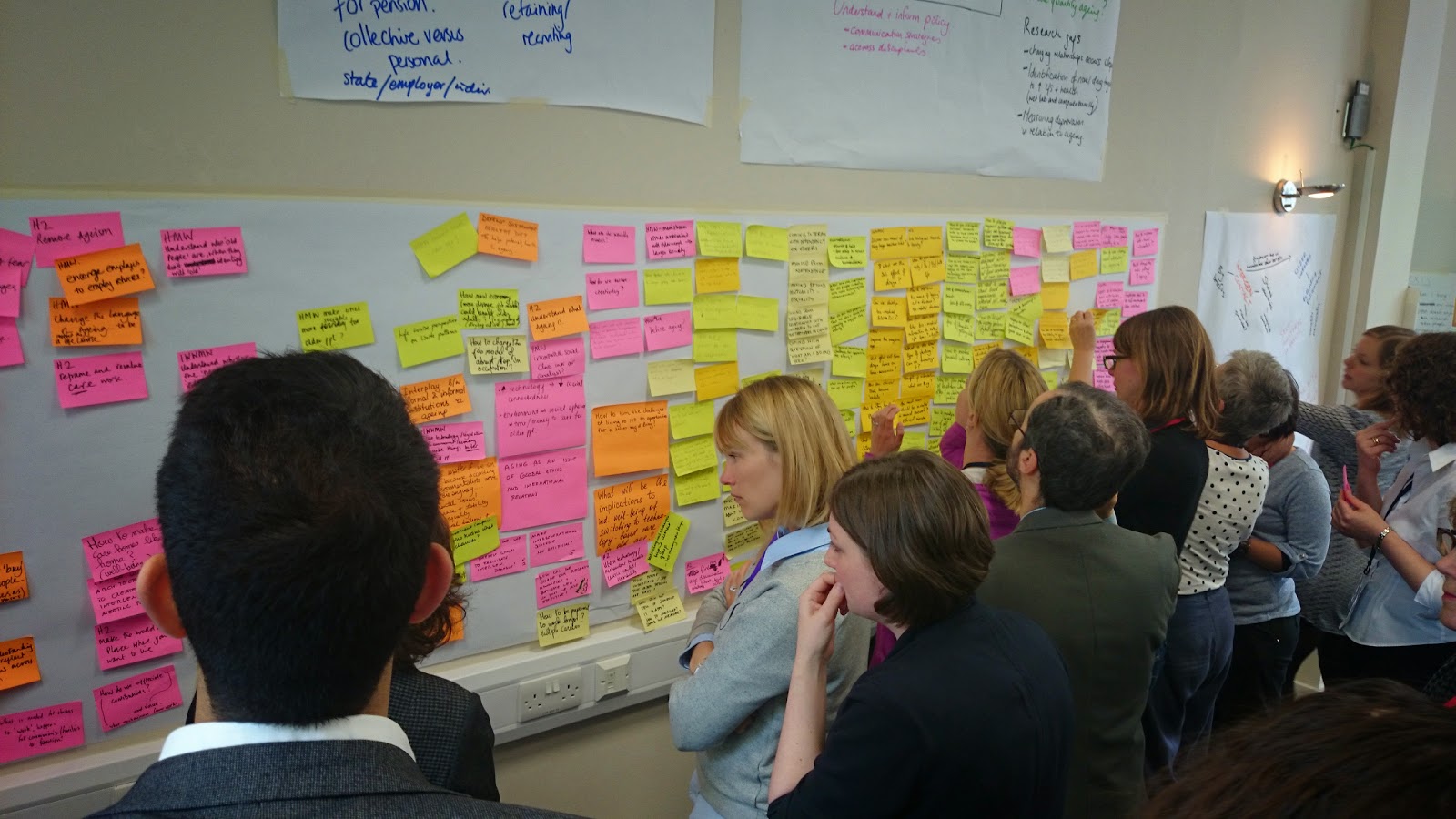In the last decade sandpits have become a familiar part of the academic landscape. For those of you not familiar with the concept, they are a way for academics to get together in a hotel far from the everyday pressures and demands of their university lives, to think about their research and work with others to develop new ideas.
Last week we invited Knowinnovation to run a sandpit for the new research consortium between the universities of Kent, Essex and East Anglia: Eastern ARC. It took a long time to get to this point as I had started talking to them about the possibility of such an event in October 2013.
While I know that universities don’t move particularly fast, 19 months seems an excessively long time to organise such an event. There was, however, a huge amount of agreement to secure: from the initial agreement in principle, to agreeing a format, to identifying a topic, to selecting a venue, to the agreement of the budget, to advertising the event, to selecting the participants.
But it was worth it. Our sandpit was spread over three days, starting at midday on the first day, and ending at midday two days later. The first 24 hours was spent scoping the terrain. The subject we had selected was Who Wants to Live to be 100? and the participants included sociologists, social workers, psychologists, bioscientists, computer scientists, sports scientists, media academics and pharmacists. All had a different take on ageing. Some understood it from a purely biological angle; others were more concerned about other things such as age discrimination, having to work later in life, engagement with technology, wellbeing, older parenthood, physical mobility, or the ethics around choices and duty.
For an afternoon and a morning we submerged ourselves in group tasks. These included sketching out our backgrounds, talking to each other about our own fears of age, listening to invited ‘provocateurs’ giving an external stakeholder angle, and trying to imagine what the world would be like in five, ten, twenty or thirty years time.
As we went along questions and issues arose, and we wrote these on sticky notes that we put on a wall. By lunchtime on the second day the wall was full. ‘What I want you to do now is cluster these notes,’ suggested Liz, the facilitator. ‘But I want you to do it in silence.’
It was an amazing exercise to watch, reminding me of the quiet industry and productiveness of a hive. The participants took the notes and made connections, piecing together seven or eight broad themes. The final exercise before lunch was to condense these clusters into two or three salient questions. We broke for lunch with a sense of having come a long, long way in a day.
The afternoon was more difficult. We split into groups and took one of the questions, trying to fashion a viable research proposal out of it in an hour, and presenting it to the rest of the group. The results were patchy, and Liz sent us out into Greenwich park for some air and space. The effect was electrifying. Returning to the room with a renewed sense of purpose and clarity of mind, the participants dropped some ideas, took up others, changed groups and started again. From mid-afternoon to just before midnight, the groups carried on working, honing their ideas, only stopping briefly for supper.
The final day saw them polishing their ideas and giving their final pitch. With two colleagues I had the task of judging the seven projects, deciding which of them should receive a little seed-corn funding to take them further. I’ve just written emails telling all the participants of the outcome, and providing some feedback. Writing up this feedback reminded me about how exciting these projects had been, and how they had been crafted between people who hadn’t known each other 24 hours before.
The question now is how to keep this momentum going, and make sure the culture of interdisciplinary working is firmly embedded in our home institutions. It’s given me renewed hope that this is possible, that given the right circumstances and the right prompts academics are willing to move beyond their disciplinary confines to see what the issues are in other areas, and to explore the possibility of learning from them to create novel, exciting research.
This article first appeared in Funding Insight in May 2015 and is reproduced with kind permission of Research Professional. For more articles like this, visit www.researchprofessional.com

